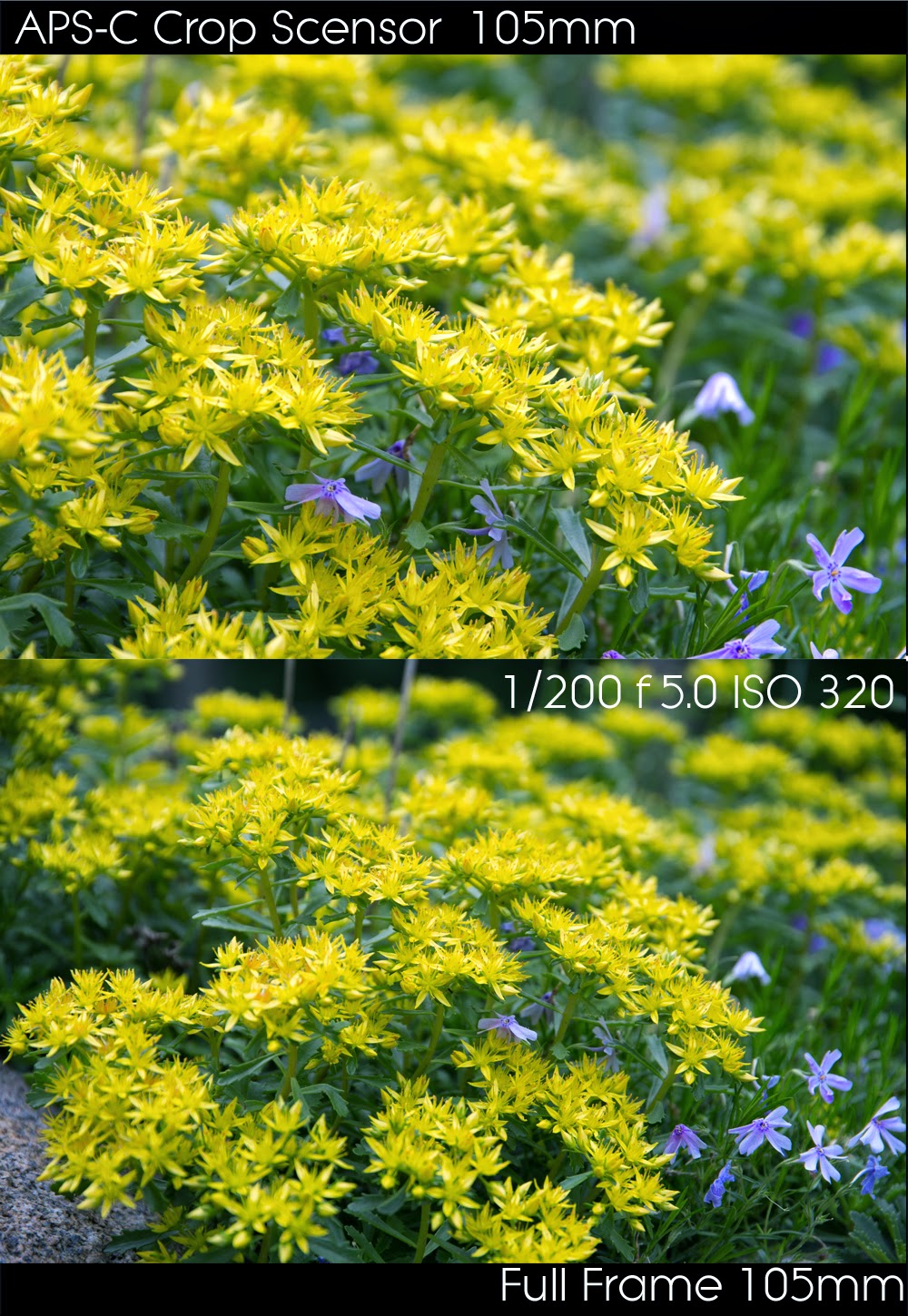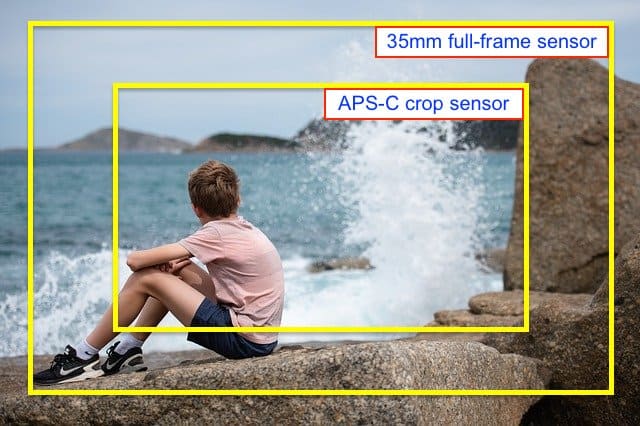


If you want pro, there are 2 different things to take in consideration: Then some specialty lenses -fisheye, etcįrom your posting, you are implying "pro". 5dII with 70-200 a f2.8L version and then tamy 28-75 f2.8 as the extra backup lens, and then 15-85 IS when flash is permitted on the 7d all the time. If you must shoot with two crop bodies, then I'd go with 17-55 f2.8 IS on one body and 70-200 f2.8 IS-2 on the other.īut, I'd try this also with three lenses. Then a tamy 28-75 f2.8 works well on the other body - FF or crop You can get by with 5d mark 1 and 70-200 f2.8L non-IS on tripod or monopod. The number one zoom combo for weddings imo would be 5dii and 70-200 f2.8 IS-2. You have to shoot with two bodies or not shoot a wedding imo If they require you to shoot without flash during a ceremony, then you don't have the best gear. I'd really appreciate any suggestions you guys might have. And finally, there's the Sigma 50-150/2.8.Īnother relevant point is that I don't only do wedding photography, and would like to use the 70-200 as an all-around/wildlife/portrait lens, and to use whichever wider lens as an all-around/portrait/landscape lens. There's also the Sigma 17-70/2.8-4 OS, but I'd like to have at least one of the two lenses be fixed 2.8 (and, for a number of reasons, of the 70-200 lens series, I'm pretty set on the f4 IS version). Some other combos that come to mind are the 24-105 or 24-70, but I think these would not cover wide enough angles on a crop sensor camera. The 70-200/4 IS is supposed to be a killer lens. However, I've heard that the 17-55 doesn't perform so well at close distances (say, for taking shots of the wedding cake, or detail shots like shoes, dessert table, etc.). The combo that sticks out the most in my mind is the 17-55/2.8 IS and the 70-200/4 IS. This image might help you visualize.If you had to choose two lenses to shoot weddings with on a crop sensor camera (I'll be using a 7D), which two would you choose? For the sake of avoiding confusion, let’s stick with the main sensor sizes. Just because you’re using a full frame or APS C camera doesn’t mean you can’t get different effects with prime lenses and zoom lenses. Focal length changes everything in a picture. APS C Sensor vs Full Frame Best scenarios for full frame and APS Cīy now, you might have caught on that we’ve been referring to the standard issued full frame and APS C formats – but just remember that you can get different effects with different lenses. The only downsides are:ġ) They usually don’t capture photos in as great detail in low-light.Ģ) They struggle to achieve as immersive a bokeh effect.Īnd that’s pretty much it! Hardcore photographers might suggest some other intricate differences, but for the vast majority of users, low-light shortcomings and mediocre bokeh are the only major downsides of APS C. These cameras are built with the same architecture, same designs, and same structure for intended use. It’s not like a first generation Xbox squaring up against a fifth generation PlayStation. And that point is certainly valid: APS C cameras aren’t inherently inferior than full frame cameras. Nearly every photographer will tell you that it’s not about the size of the sensor, it’s about how you use it. So, whether you’re on a budget or just getting started with photography/videography, an APS C camera is probably the better option.įor a look at the benefits of using APS C cameras, let’s check out this video that argues APS C cameras are better than full frame cameras for 85% of users. First and foremost, nearly all APS C cameras are cheaper than their full frame counterparts. APS C Full Frame Comparisons What are the benefits of APS C sensors?ĪPS C cameras offer a lot of advantages over full frame cameras. So they may perform better in static circumstances, but for capturing images in motion, you may want to consider an ASP C sensor.

Full frame cameras tend to be bulkier and less mobile than APS C crop factor sensor cameras. However, these benefits come with downsides too – particularly in regards to the camera’s form factor.

The benefits of using a full frame camera include great performance in low-light, an immersive bokeh effect for portrait photography, and unrivaled control over depth of field. The goal of a full frame sensor is to digitally replicate the 35mm film format. Today when we refer to full frame sensors, we’re referring to full frame DSLR cameras.


 0 kommentar(er)
0 kommentar(er)
